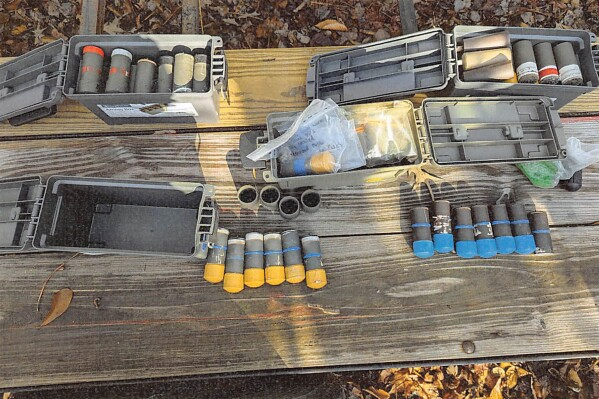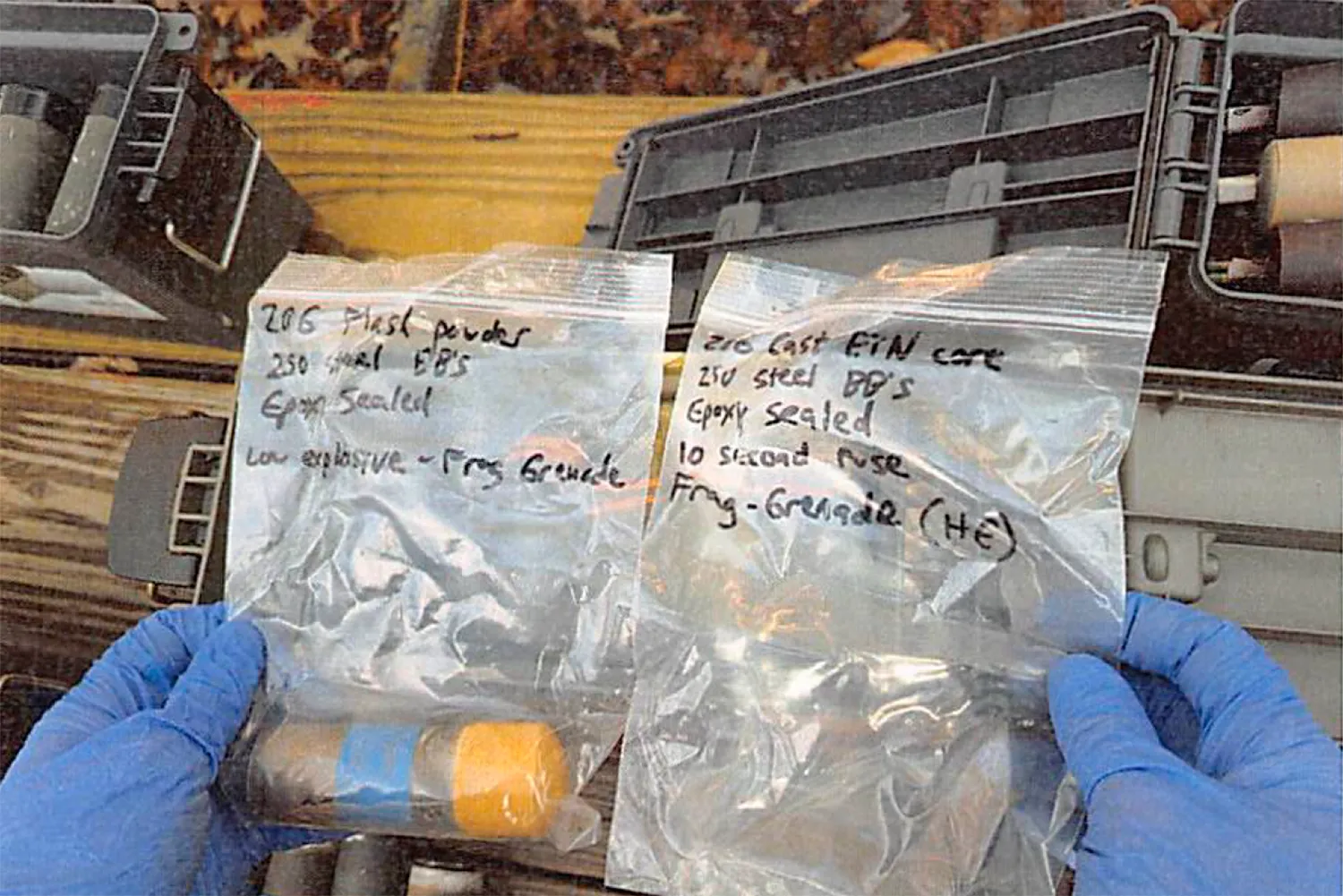FBI Discovers 150 Homemade Bombs in Virginia: A Major Explosive Cache Uncovered
In what is being described by federal prosecutors as one of the largest seizures of homemade explosives in FBI history, agents discovered over 150 pipe bombs and other homemade devices at the residence of Brad Spafford in Virginia.

In what is being described by federal prosecutors as one of the largest seizures of homemade explosives in FBI history, agents discovered over 150 pipe bombs and other homemade devices at the residence of Brad Spafford in Virginia. The seizure was executed following Spafford’s arrest on December 17 for possession of an unregistered short-barrel rifle.
The bombs were found scattered around Spafford’s 20-acre farm in Isle of Wight County, with the majority located in a detached garage alongside bomb-making materials like fuses and pieces of plastic pipe. Some devices were even preloaded into what appeared to be a wearable vest. The FBI’s investigation began in 2023 after an informant reported Spafford’s activities, including his use of President Joe Biden’s image for target practice and his expressed support for political assassinations.

Court documents reveal that Spafford had previously injured himself while working with explosives, resulting in the loss of fingers on his right hand. The devices, some labeled “lethal,” were found not only in the garage but also unsecured in a backpack within the home he shares with his wife and two young children.
Among the finds was a jar of HMTD, an extremely volatile explosive, stored dangerously close to food items in the freezer, further highlighting the potential risks. The FBI also discovered evidence suggesting Spafford’s adherence to extremist ideologies, with one backpack labeled “#nolivesmatter.”
Spafford’s defense attorneys argue there’s no evidence of planned violence, emphasizing his lack of a criminal record. However, prosecutors have pointed to his statements and actions as indicators of potential danger, seeking to keep him detained.
This incident raises concerns about domestic terrorism and the accessibility of explosive manufacturing knowledge, prompting a broader discussion on security measures and the monitoring of such activities.




